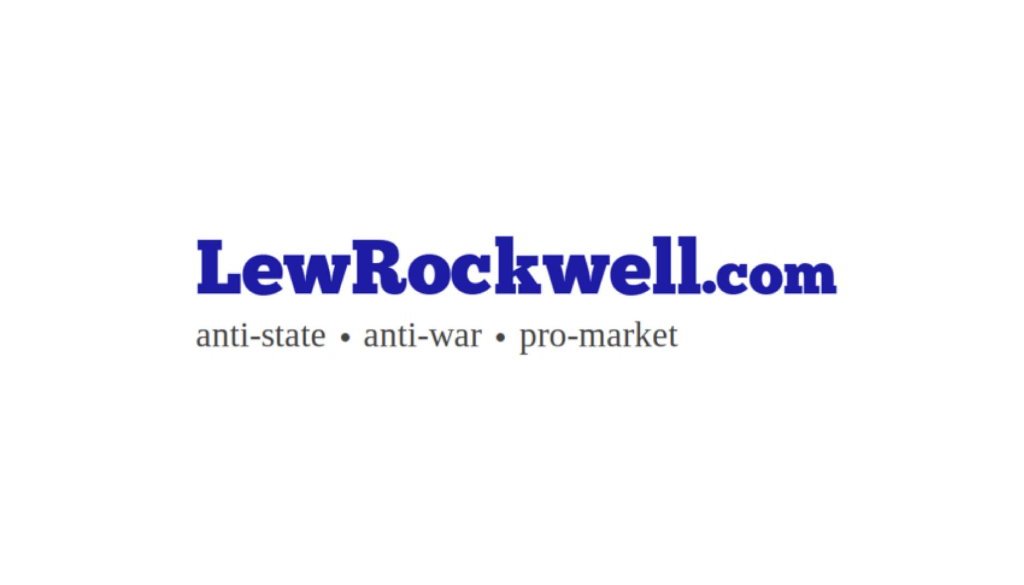Not Investment Advice – For Educational Purposes Only
Takeaways:
* Stocks haven’t kept pace during historical monetary hyperinflation periods despite bull markets. Diversified investment portfolios of say 60% stocks/40% bonds vastly underperform farmland and commodities futures during hyperinflationary periods.
* Pending Congressional legislation will replace the US dollar for a programmable Stable Coin to pay down the national debt.
* Stable Coins must be bought first from an investment house to buy any investments and from retailers of goods and services.
* Stablecoins are programmed money that must backup the coins with commensurate purchases of Treasury Bills. Effectually, the mandated pre-purchase of Stable Coins is a disguised excise tax.
* Stable Coins may be a return to the “Wildcat Banking” era of the 1830’s which resulted in the Panic of 1837 (see Jessica Lepler, The Many Panics of 1837: People, Politics and the Creation of a Transatlantic Financial Crisis, 2013 and Simone Polillo, Conservatives versus Wildcats: A Sociology of Financial Conflict, 2013)
* Deflating the national debt is expected to bring about corresponding deflation in prices for goods and services in which case learning from periods of hyperinflation may be irrelevant and we would have to learn from the Great Depression of the 1930’s.
* Investment-grade bonds, defensive stocks (consumer goods companies), dividend-paying stocks, cash-generating small businesses, and cash are the best performing investments during deflationary periods.
My friend James Anthony offers some wise information to consider before the Great Money Reset expected later this year in his June 28 article “Good Moneys: 100%-Reserve Gold, Stock-Based Money”. But Anthony discusses “potential” gains in value not “actual” historical rates of return or loss during hyperinflationary periods. Some more nuanced information on how differing investments have historically performed during hyperinflationary periods is necessary, with the caveat that we may end up with deflation.
Fortunately, in 2010 the global investment firm Alliance Bernstein conducted research as to how various investments performed during three hyperinflationary periods in the US, Britain and Japan. The research paper is titled Deflating Inflation: Redefining the Inflation-Resistant Portfolio. This study focused on investment performance during differing periods of gold-backed currency and debt-backed currency as we have had since the US dollar was untethered from being backed by gold reserves in 1972.
The Alliance study compared investment performance (loss or gain) with money inflation as a baseline. This is called a “Beta” score in investing parlance. The higher the Beta score, the greater the risk. A Beta score is reflexive or correlated in that it indicates how much loss or gain was realized for every 1% of inflation. This is in keeping with the investment principle “the greater the risk, the higher the expected rate of return” on an investment and vice versa. The findings of the Alliance Bernstein report are summed up in words as follows:
“In the US, for example, for a given 1% increase in the inflation rate, 20-year nominal bonds fell 3.1 times as much. Stocks, too, tend to be vulnerable to most rising inflation environments: on average, the S&P 500 historically dropped 2.4 times the rise in inflation, and the broad equity indices of many other countries showed a similar sensitivity. This explains the dism
Article from LewRockwell

LewRockwell.com is a libertarian website that publishes articles, essays, and blog posts advocating for minimal government, free markets, and individual liberty. The site was founded by Lew Rockwell, an American libertarian political commentator, activist, and former congressional staffer. The website often features content that is critical of mainstream politics, state intervention, and foreign policy, among other topics. It is a platform frequently used to disseminate Austrian economics, a school of economic thought that is popular among some libertarians.




